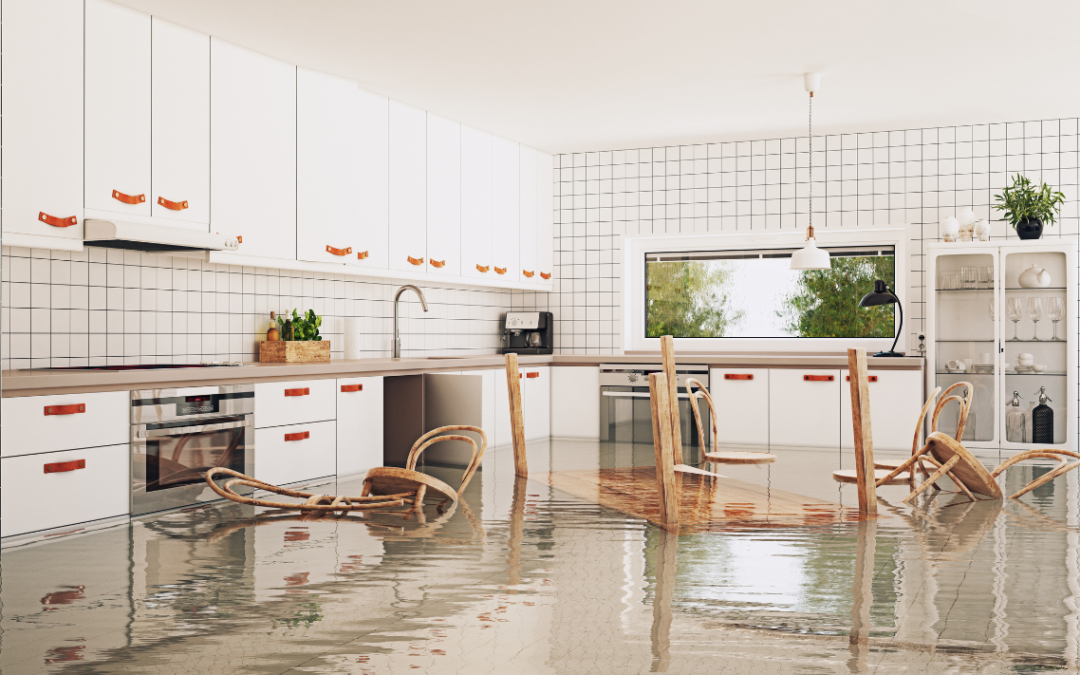Living in Lynnwood, Washington, nestled amidst the lush landscapes of the Pacific Northwest, brings with it a sense of tranquility. However, this serene setting is not without its risks, particularly the potential for flooding. As a homeowner in Lynnwood, it’s essential to understand the intricacies of flood insurance to protect your investment and belongings from the devastation of water damage. Let’s delve deeper into what flood insurance entails and how it can safeguard your home in the event of a flood.
Understanding Your Flood Insurance Policy In Lynnwood, WA
What Is Flood Insurance?
Flood insurance is a specialized type of insurance policy explicitly designed to provide financial protection against losses caused by flooding. While homeowners insurance typically covers damages from various perils, such as fire and theft, it often excludes coverage for flood-related losses. Flood insurance fills this crucial gap, offering coverage for damages resulting from floodwaters inundating your home and property. It’s important to note that flood insurance is generally purchased as a separate policy or as an endorsement to your existing homeowners insurance policy.
How Does Flood Insurance Work?
Understanding how flood insurance functions is paramount to ensuring you have adequate coverage when you need it most. The process begins with purchasing a flood insurance policy, which outlines the terms, coverage limits, deductibles, and premiums associated with your plan. Once you’ve secured a policy, it typically takes approximately 30 days for it to go into effect, so it’s essential to plan ahead and obtain coverage before the risk of flooding arises.
To maintain coverage, you’ll need to make monthly premium payments, similar to other types of insurance. In the unfortunate event that your home sustains water damage due to a flood, you can file a claim with your insurance provider. However, it’s crucial to meet your policy’s deductible before the insurer will reimburse you for covered losses. Working closely with your insurance agent can help streamline the claims process and ensure you receive the assistance you need during a challenging time.
How to Buy Flood Insurance
In Lynnwood, Washington, flood insurance is primarily available through the National Flood Insurance Program (NFIP), administered by the Federal Emergency Management Agency (FEMA). NFIP policies are typically sold through private insurance companies, with more than 60 participating insurers offering coverage nationwide. Most homeowners opt to purchase flood insurance as an endorsement to their existing homeowners insurance policy, simplifying the process and bundling coverage for added convenience.
When purchasing flood insurance, it’s essential to assess your coverage needs based on factors such as your property’s flood risk, the value of your home and belongings, and any unique considerations specific to your situation. An experienced insurance agent can guide you through the process, helping you select the appropriate coverage levels and ensuring you have the protection you need in the event of a flood.
What Does Flood Insurance Cover?
Flood insurance policies typically provide coverage for two primary categories: building property and personal contents. Understanding what each type of coverage entails can help you assess your risk exposure and determine the appropriate coverage limits for your needs.
- Building Property Coverage: This aspect of flood insurance protects the physical structure of your home, including its foundation, walls, roof, flooring, and built-in appliances. Coverage may also extend to detached structures on your property, such as garages and sheds. In the event of flood damage, your policy can help cover the cost of repairs or rebuilding, up to the policy’s specified limits.
- Personal Contents Coverage: In addition to protecting the structure of your home, flood insurance also covers your personal belongings inside the property. This includes furniture, electronics, clothing, appliances, and other valuables that may be damaged or destroyed by floodwaters. Personal contents coverage can help reimburse you for the cost of replacing or repairing damaged items, offering financial relief during a challenging time.
It’s essential to review your policy carefully to understand the coverage limits, exclusions, and deductibles associated with your flood insurance coverage. Working with an insurance professional can provide valuable insights and ensure you have adequate protection tailored to your specific needs and circumstances.
What Does Flood Insurance Not Cover?
While flood insurance offers vital protection against the financial impact of flooding, it’s essential to be aware of its limitations and exclusions. Understanding what flood insurance does not cover can help you make informed decisions about additional coverage options and risk mitigation strategies.
- Non-Flood Water Damage: Flood insurance only covers damages caused by flooding, such as overflowing rivers, heavy rains, or storm surges. Damages resulting from other water-related events, such as sewer backups, burst pipes, or water seepage, require separate insurance policies or endorsements to your homeowners insurance.
- Excluded Property: Certain types of property or items may not be covered under a standard flood insurance policy. These may include motor vehicles, outdoor structures (e.g., fences, decks, patios), landscaping features, cash or jewelry beyond specified limits, and certain types of valuables or collectibles. Understanding these exclusions can help you assess your risk exposure and explore additional coverage options as needed.
- Mold and Mildew: While flood insurance covers damages directly resulting from flooding, it typically excludes coverage for secondary damages such as mold and mildew growth. Mold and mildew can proliferate in damp environments following a flood, posing health risks and causing further property damage. Implementing preventive measures and addressing water intrusion promptly can help mitigate these risks and minimize potential losses.
Is Flood Insurance Required?
Whether flood insurance is required for your property depends on various factors, including its location, flood risk designation, and mortgage lender requirements. Properties located in high-risk flood zones, as designated by FEMA’s Flood Insurance Rate Maps (FIRMs), are typically subject to mandatory flood insurance requirements as a condition of obtaining a mortgage loan.
Even if flood insurance is not required by your lender, it’s essential to consider purchasing coverage to protect your home and belongings from the financial devastation of flooding. According to FEMA, just one inch of floodwater can cause thousands of dollars in damage, and more than 40 percent of flood-related claims come from properties in low- to moderate-risk areas. Investing in flood insurance provides valuable peace of mind and financial security, regardless of your property’s flood risk designation.
Contact Hood Insurance Agency Today For Flood Insurance Services in Washington State
Protect your home and belongings from the unpredictable forces of nature with flood insurance from Hood Insurance Agency. Our experienced agents specialize in providing comprehensive flood insurance solutions tailored to the unique needs of homeowners in Lynnwood, Washington, and throughout the state. Contact us today to schedule a consultation and take the first step toward securing your financial future against flood-related risks.

